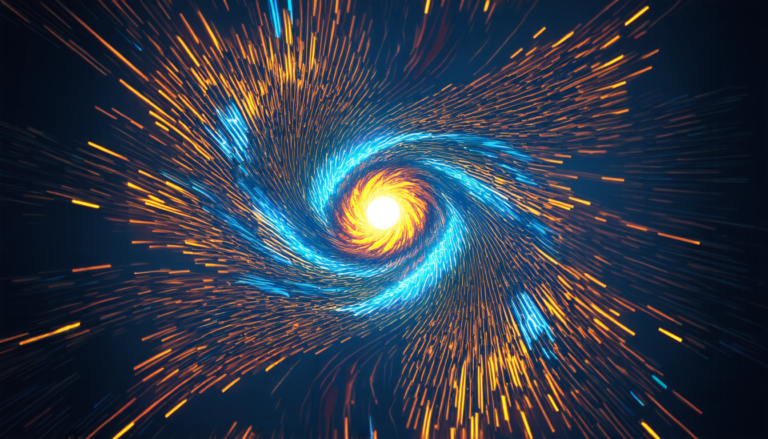Tuesday 20 May 2025
Scientists have long been fascinated by the possibility of supermassive black hole binaries, where two massive black holes orbit each other at the centers of galaxies. These cosmic monsters are thought to be formed when galaxies merge, and their gravitational waves could provide a window into the early universe.
A new study has shed light on the X-ray reflection signatures of these binary systems, which could help astronomers detect them in the future. The research team used computer simulations to model the emission from a binary system consisting of two supermassive black holes with masses of 109 and 106 times that of our sun.
The simulation showed that the X-rays emitted by the binary system would be affected by the strong gravity of the black holes, causing them to bend and focus in certain directions. This would create distinctive patterns in the X-ray spectrum, which could be used to identify the presence of a binary system.
The team also found that the strength of these X-ray reflections depends on the mass ratio of the two black holes. For example, if one black hole is much more massive than the other, the X-rays will be more strongly focused towards the direction of the heavier black hole.
Detecting supermassive black hole binaries would require extremely sensitive instruments capable of observing the faint X-ray signals emitted by these systems. The researchers used simulations to mimic the data that would be collected by a range of proposed next-generation X-ray telescopes, including Athena and STROBE-X.
Their results suggest that these instruments could potentially detect binary systems with mass ratios as extreme as 10:1 or even 100:1. This would allow astronomers to study the properties of supermassive black holes in unprecedented detail, providing new insights into their formation and evolution.
The discovery of supermassive black hole binaries would also have significant implications for our understanding of galaxy evolution. These systems could be responsible for triggering the growth of galaxies through the merger of gas-rich disk galaxies.
In addition to their scientific significance, the detection of supermassive black hole binaries would also have practical applications. For example, they could be used as probes of dark matter and dark energy, which are thought to make up a large fraction of the universe’s mass-energy budget.
The study highlights the importance of continued investment in X-ray astronomy, which has played a crucial role in our understanding of the universe. As next-generation telescopes begin to take data, astronomers will be eagerly awaiting the first glimpses of these cosmic monsters and the new insights they promise to provide.
Cite this article: “Unraveling the Secrets of Supermassive Black Hole Binaries through X-Ray Reflection Signatures”, The Science Archive, 2025.
Supermassive Black Holes, Binary Systems, Galaxies, X-Ray Astronomy, Gravitational Waves, Dark Matter, Dark Energy, Galaxy Evolution, Next-Generation Telescopes, Space Observations.







